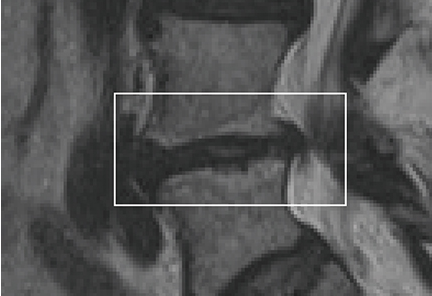Transforming the diagnosis and treatment of chronic vertebrogenic low back pain
The only procedure designed to relieve vertebrogenic pain
The Intracept Procedure is a minimally invasive procedure designed to target the basivertebral nerve (BVN) for the relief of chronic vertebrogenic low back pain. Vertebrogenic pain is a distinct type of chronic low back pain caused by damage to vertebral endplates, the interface between the disc and the vertebral body.
This proven procedure is supported by strong scientific evidence, including two Level I RCTs that demonstrate durable improvements in both pain and function after a single treatment.
How the Intracept Procedure works
The BVN enters through an opening in the back of the vertebral body and branches near the center of the vertebral body, sending nerves to innervate the superior and inferior endplates. These nerve endings transmit pain signals from the endplate to the brain and have been shown to increase in number with endplate damage or degeneration.3-5 The Intracept Procedure ablates the BVN to stop it from sending pain signals.
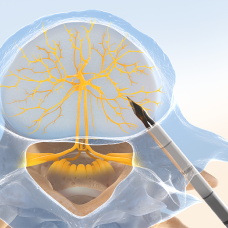
1. Access the Pedicle

2. Create the Channel

3. Place the RF Probe
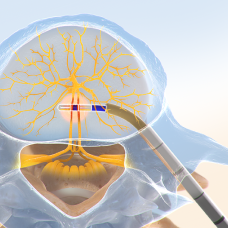
4. Ablate the BVN
The Intracept Procedure is supported by unparalleled clinical evidence, including two Level I RCTs
Results from multiple clinical trials demonstrate the Intracept™ Procedure is:
Safe
Strong safety profile with less than 0.3% rate of serious device or procedure-related complications reported.
Effective
Two Level I RCTs demonstrate that the Intracept Procedure is an effective treatment compared to both a sham-control procedure and to non-surgical standard care.
Durable
Significant improvements in function and pain seen at 3 months post the Intracept Procedure are sustained more than 5 years after a single treatment.
Identify appropriate candidates for the Intracept Procedure
Patients who find relief from the Intracept Procedure often describe pain in the middle of their low back that is made worse by physical activity, prolonged sitting, and bending forward, or with bending and lifting.

Bending
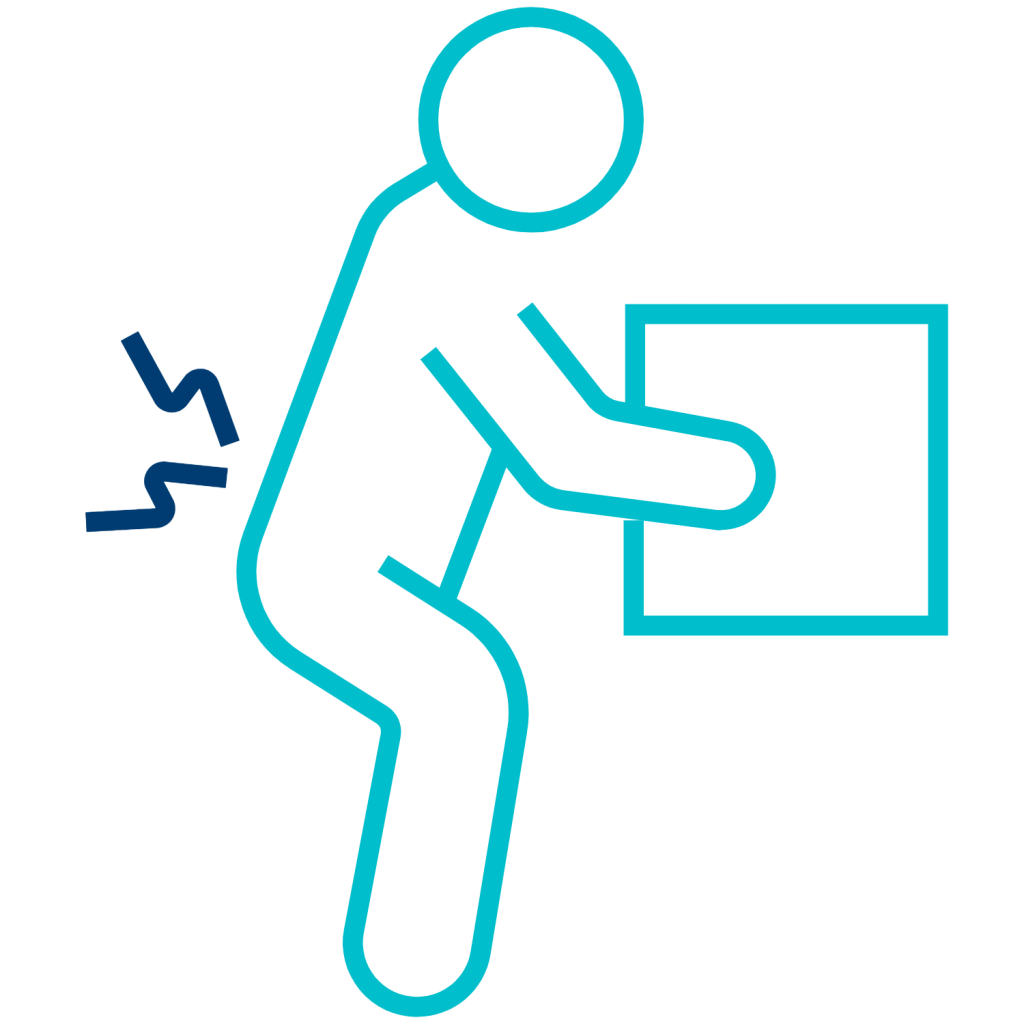
Lifting
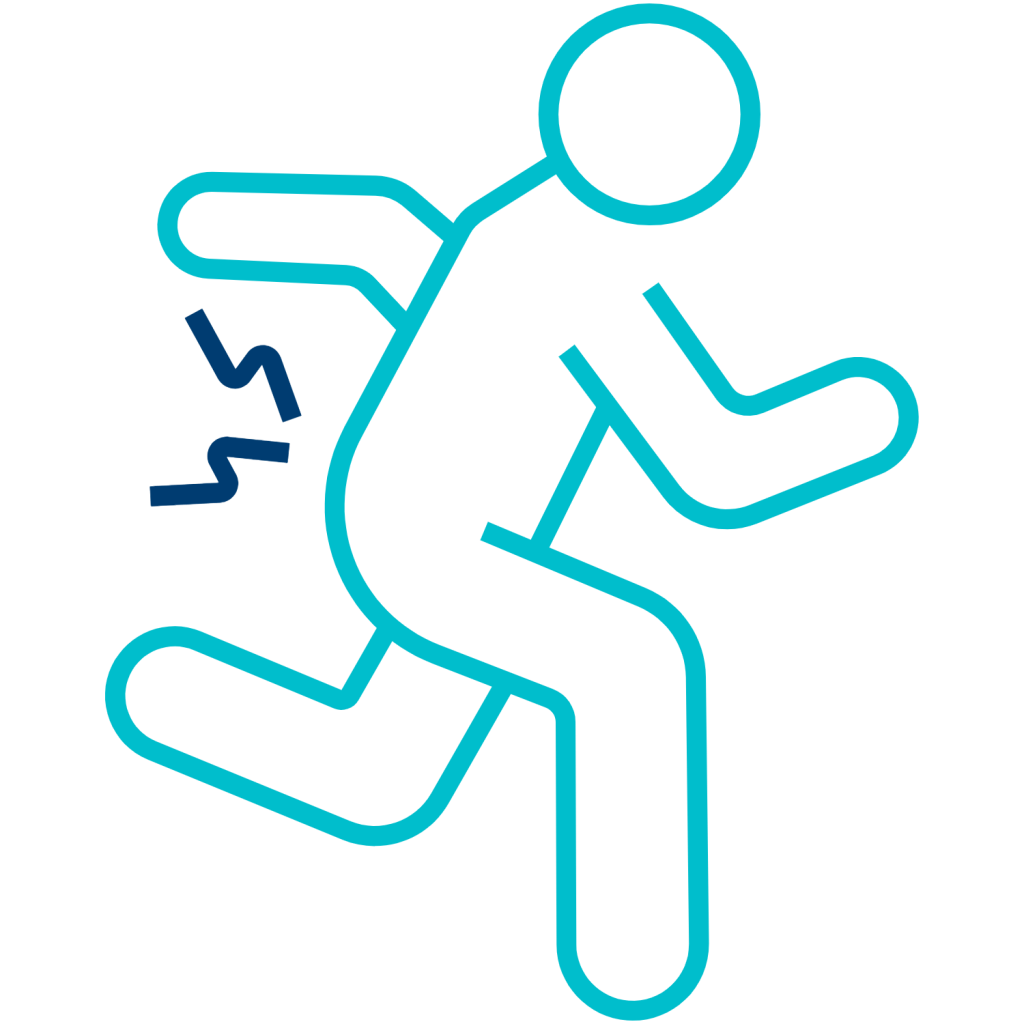
Activity
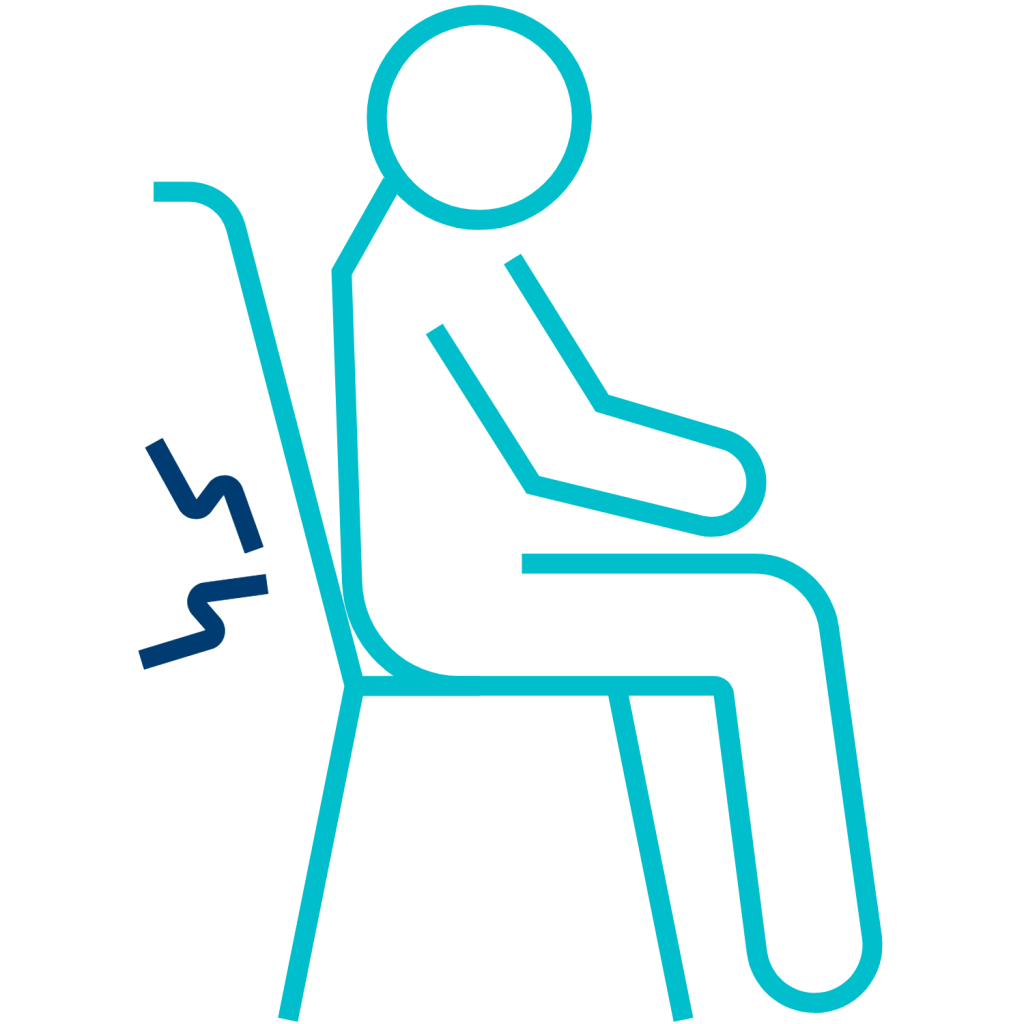
Sitting
To confirm that a patient has vertebrogenic pain, use MRI to look for specific changes that occur with endplate inflammation, which are called Modic changes.
